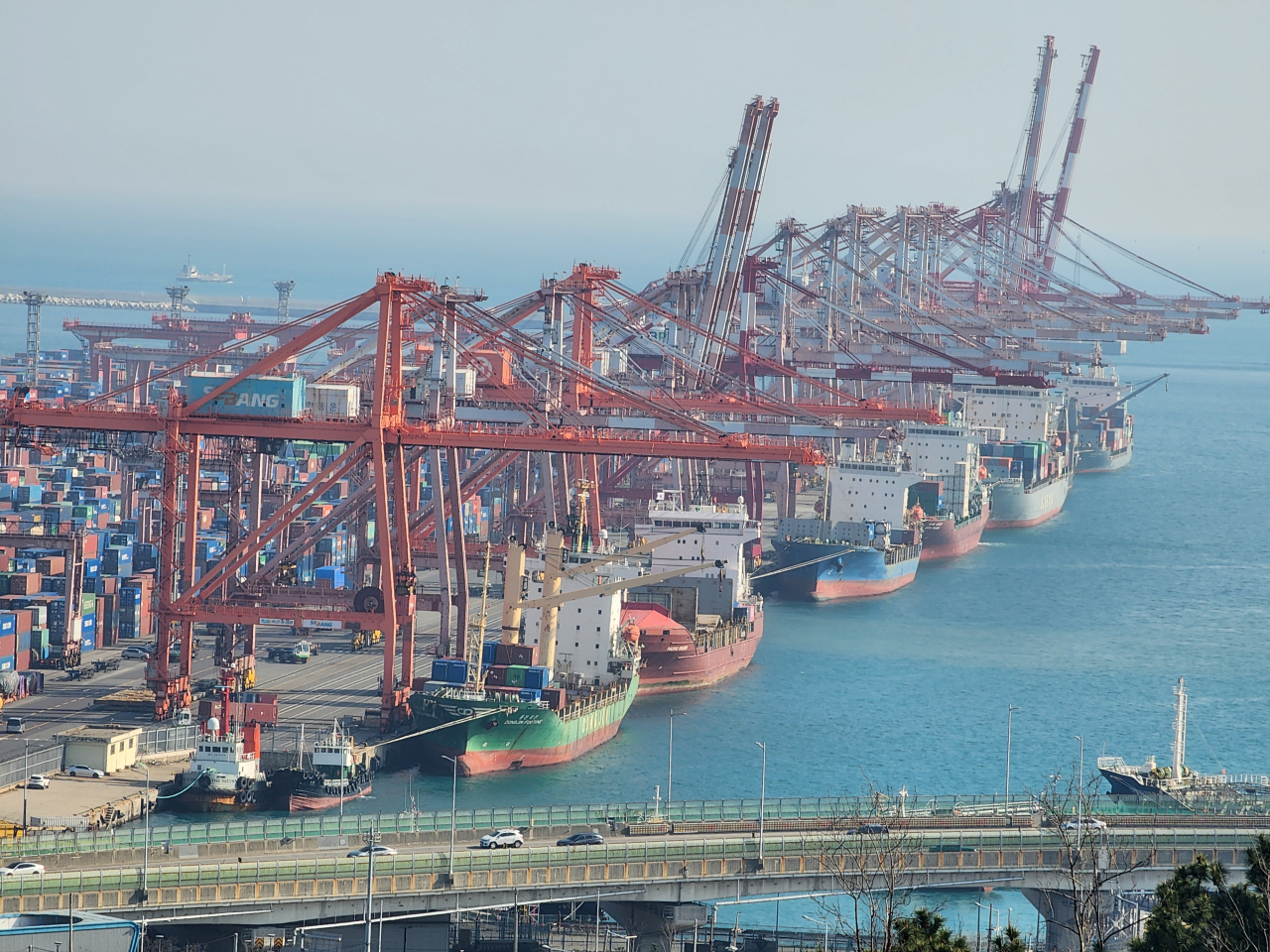
According to the Federation of Korean Industries (FKI), South Korea's economy is projected to decline and potentially reach a negative growth rate by 2061 due to a declining birth rate and rapidly aging population. The FKI anticipates that the country's potential growth rate could decrease to minus 0.1 percent in 2061 and beyond. However, the expansion of the labor supply, through factors such as increased fertility rate, economic activity participation, and labor migration, could potentially boost the GDP by up to 854.4 trillion won, with an average GDP of 3559.2 trillion won from 2061-2070. The demographic challenges in South Korea, including a low birth rate and an aging population, are negatively impacting the economy and society. In response, the FKI emphasized the urgency of addressing the low birth rate as a top priority and highlighted the need for strategies to expand the labor supply, including immigration policies. The organization also stressed the importance of measures to increase participation in economic activities, particularly for women, elderly people, and youth, and advocated for attracting more foreign talent to the labor market by relaxing visa requirements and offering opportunities for permanent residency and Korean nationality. The FKI's analysis also indicated that the country's GDP per capita is expected to continue growing due to the decreasing population, reaching over $40,000 in the late 2030s and further growing to $50,000 in the 2050s. Despite these projections, the FKI cautioned that the effects of a rebound in births on economic conditions would take at least 15 years to materialize as newborns enter the labor force.
